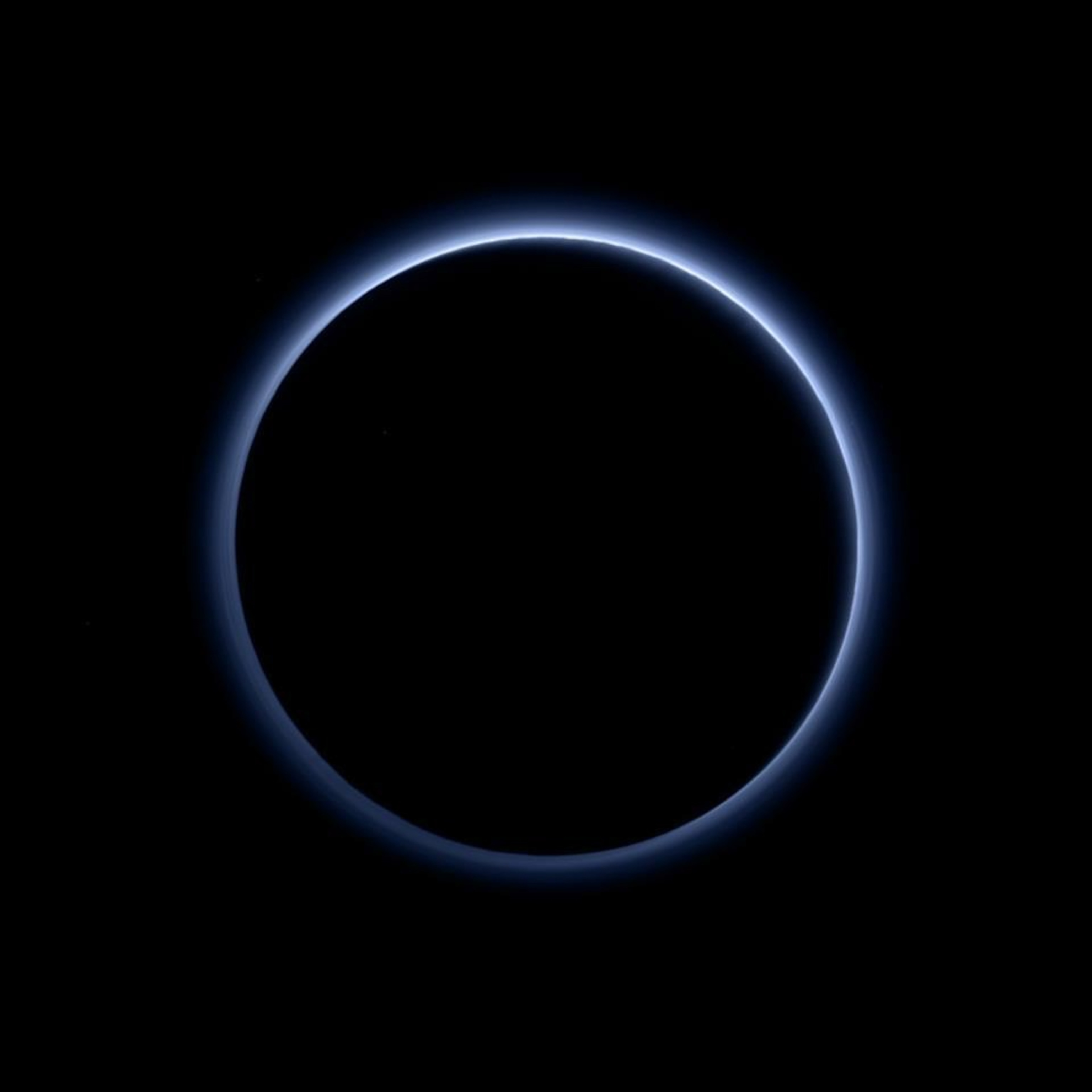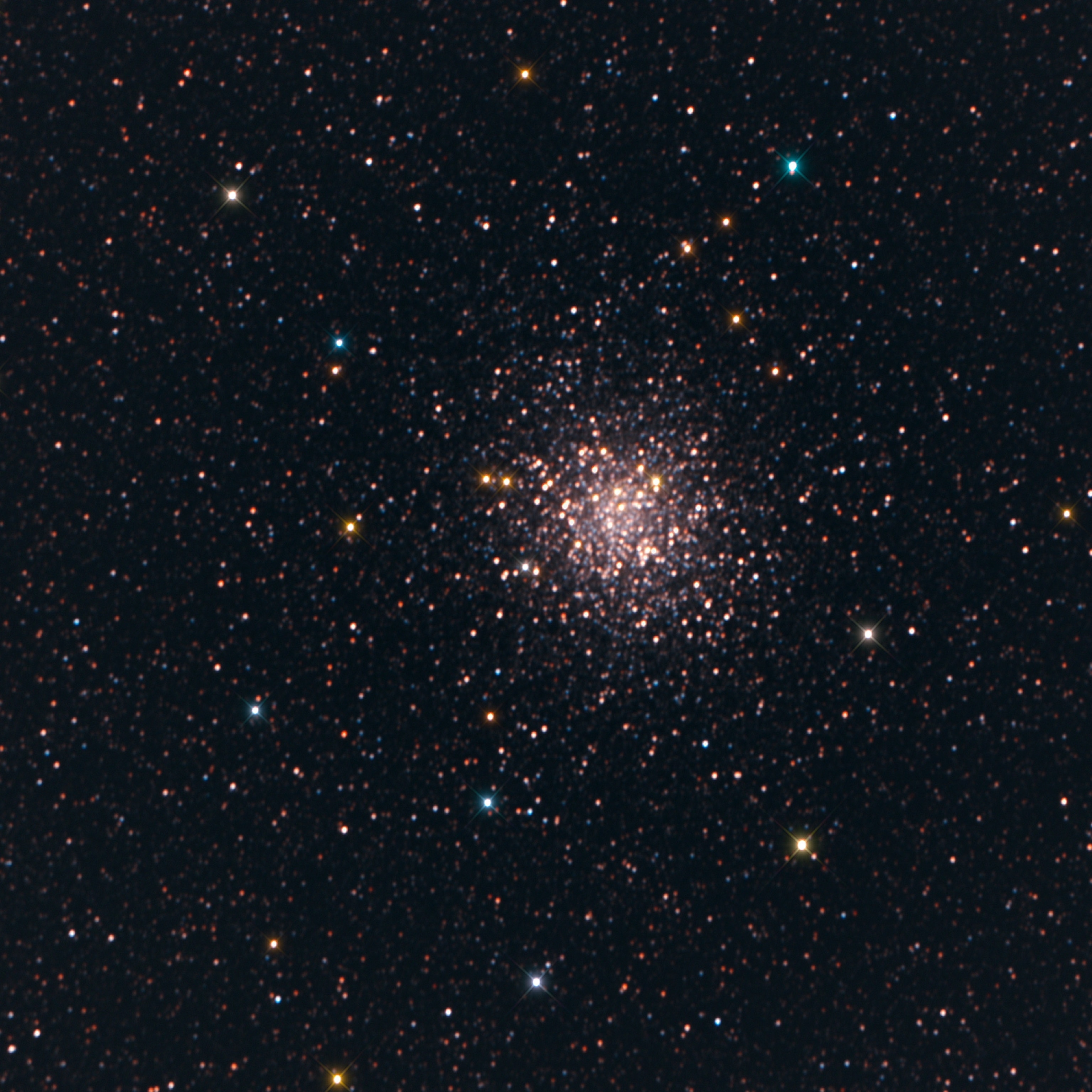
Your Top 10 Questions About the Pluto Flyby Answered
Are you ready for New Horizons' close encounter on Tuesday? Learn why the spacecraft won't be stopping at the dwarf planet and much more.
NASA’s New Horizons spacecraft will fly within 8,000 miles of Pluto on Tuesday and reveal the last world in the solar system—or at least the last of the planets that most of us learned about in school. Until now, Pluto’s face has remained hidden because it's so far away. To really see it as more than a blurry blob, we needed to go there. (Learn more about the historic mission to Pluto on the National Geographic Channel.)
But getting to the icy world is no easy feat. By the time New Horizons reaches Pluto at 7:50 a.m. EDT Tuesday, it will have traveled roughly 3 billion miles for a single, fleeting chance to fly past the dwarf planet.
Launched in 2006, New Horizons is the fastest spacecraft to ever leave Earth. It crossed the orbit of Jupiter the next year and has been traveling nearly a million miles a day—but it still took 9.5 years for the spacecraft to reach Pluto and its moons.

In fact, New Horizons is going so fast—more than 30,000 miles per hour—that the spacecraft will pass by Pluto in just three minutes.
The entire close encounter lasts for hours, though, with New Horizons making hundreds of observations of Pluto and its five bizarre moons. The first of the highest-resolution images will be released Wednesday afternoon, and the rest of the data will trickle in over the next 16 months.
While waiting for the flyby at New Horizons mission headquarters, space writer Nadia Drake answers some of the biggest questions about Tuesday's event.
1. Why a flyby? Why not slow down or orbit Pluto?
Simply put, slowing down and orbiting Pluto is nearly impossible if you want to get there in a reasonable amount of time. The planet’s gravity is so weak that a spacecraft pulling into orbit would need to be going really slowly. For New Horizons to slow down enough, it would have to carry enough fuel to fire its brakes and reverse all its forward momentum—that’s about as much fuel as was used to launch the spacecraft and get it zooming along in the first place. Launching all that propellent, plus the spacecraft, is pretty much impossible. (Read about chasing Pluto's shadow).
2. We see amazing shots of faraway galaxies, so why haven't we ever gotten a good picture of Pluto?
Though they’re far away, those distant, glittering galaxies are really big and bright, which is why telescopes like Hubble can see them. But Pluto is too small and dim for even our sharpest Earth-based eyes to get a good look at: It's only about two-thirds as wide as Earth’s moon. Even dwarf planet Ceres, which lives much closer to Earth, is too small to be anything but a blurry blob in Hubble pictures. (Learn more about Pluto's first close-up).
3. What's the biggest thing that could go wrong?
It could be disastrous for the spacecraft to run into a dust particle as it flies through the Pluto system. Because the spacecraft is going so fast, colliding with something the size of a rice pellet could be catastrophic. So, the team has spent the last few weeks intensively surveying the system for anything that might be shedding dust and debris in the spacecraft’s path, and so far have found nothing to be concerned about. (Learn what happened when the spacecraft went silent).
4. What will the pictures of Pluto look like?
The images coming back from New Horizons are already by far the best ever taken of the dwarf planet, even though the latest image, on July 12, was taken from about a million miles away. Tuesday’s encounter will produce close-up, detailed images of Pluto and Charon, plus some images of the smaller moons. (Also see "Three Possible Plutos").
On the side of Pluto that the spacecraft will be able to see, features as small as the lakes in New York City’s Central Park will be visible. But that’s not all: After New Horizons zooms by Pluto, it will swivel around and take a look at the planet’s south pole, which we haven’t seen yet. (Check out the weirdest feature I'd like to see on Pluto). Facing away from the sun, that pole is in the dark, except for the soft glow of sunlight reflected off Charon. In other words, New Horizons will give us a glimpse of Pluto’s wintry pole, in Charon's moonlight. (Also see: "Proposed Names for Pluto System's Features Include Kirk and Spock").
5. How long does it take to send a photo of Pluto to Earth?
Radio signals traveling at the speed of light take 4.5 hours to travel between Pluto and Earth. So, data received from New Horizons will have been on the road for about as long as it takes to drive between San Francisco and Santa Barbara. Because of that, it will take about 16 months for all of New Horizons’ flyby data to make it to Earth—meaning that new discoveries will be trickling in through the end of 2016. (See the first color image of Pluto from New Horizons).

6. What are we going to learn about Pluto?
New Horizons will take a good, detailed look at Pluto and its large moon Charon (in fact, Charon is so large it forms a binary system with Pluto). Scientists are curious about Pluto’s terrains and composition, whether there’s evidence for geologic activity, and what the planet’s thin, nitrogen atmosphere is doing. They’ll also be looking for clues to how the Pluto system formed and evolved—and many of those clues might lie in the features of the four small moons Nix, Hydra, Kerberos, and Styx. (Check out Pluto's possible polar cap).
7. What will New Horizons do after it passes Pluto? How long can it keep going?
After New Horizons passes Pluto, it will continue sailing on into the Kuiper Belt, which is a vast, icy debris ring outside the orbit of Neptune. If NASA approves it, New Horizons will sail past and study another icy world within the next five years. The spacecraft carries enough fuel for that encounter (it’ll use the propellent to adjust its course), and will still be able to send data back to Earth, even though that body is nearly a billion miles farther out. Ultimately, it will continue heading out of the solar system, much as NASA’s Voyager I and II spacecraft are doing. (Learn more about New Horizon's Mission).
8. Is this our only chance, or will any other spacecraft be going to Pluto?
There are no plans at this point to send another spacecraft to Pluto, but it sure would be nice to learn even more about that enigmatic little world and its cousins on the fringe of the observable solar system.
9. Is it carrying a message for aliens?
Not yet. There is a project, called the One Earth Message, that aims to upload a digital message to the spacecraft once it’s done collecting data and sending it all to Earth. That could be years from now, if New Horizons flies by another body in the Kuiper Belt. The message would be something like a new version of the Voyager Golden Record, which carried the sights and sounds of Planet Earth into the cosmos aboard the Voyager I and II spacecraft.
10. What did New Horizons do during the nine years it took to get to Pluto?
It spent a lot of that time hibernating, but did occasionally wake up for system tests. And, of course, it woke up to take a look at Jupiter as it flew by the giant planet in 2007. No sense missing out on that view! Later, when it crossed Neptune’s orbit in 2014, New Horizons woke up again to snap a picture of the icy blue giant—but Neptune was so far away it looked like a faint dot. (Learn about the spacecraft first awakening after a multi-year nap).
Follow Nadia Drake on Twitter and on her blog at National Geographic's Phenomena.








